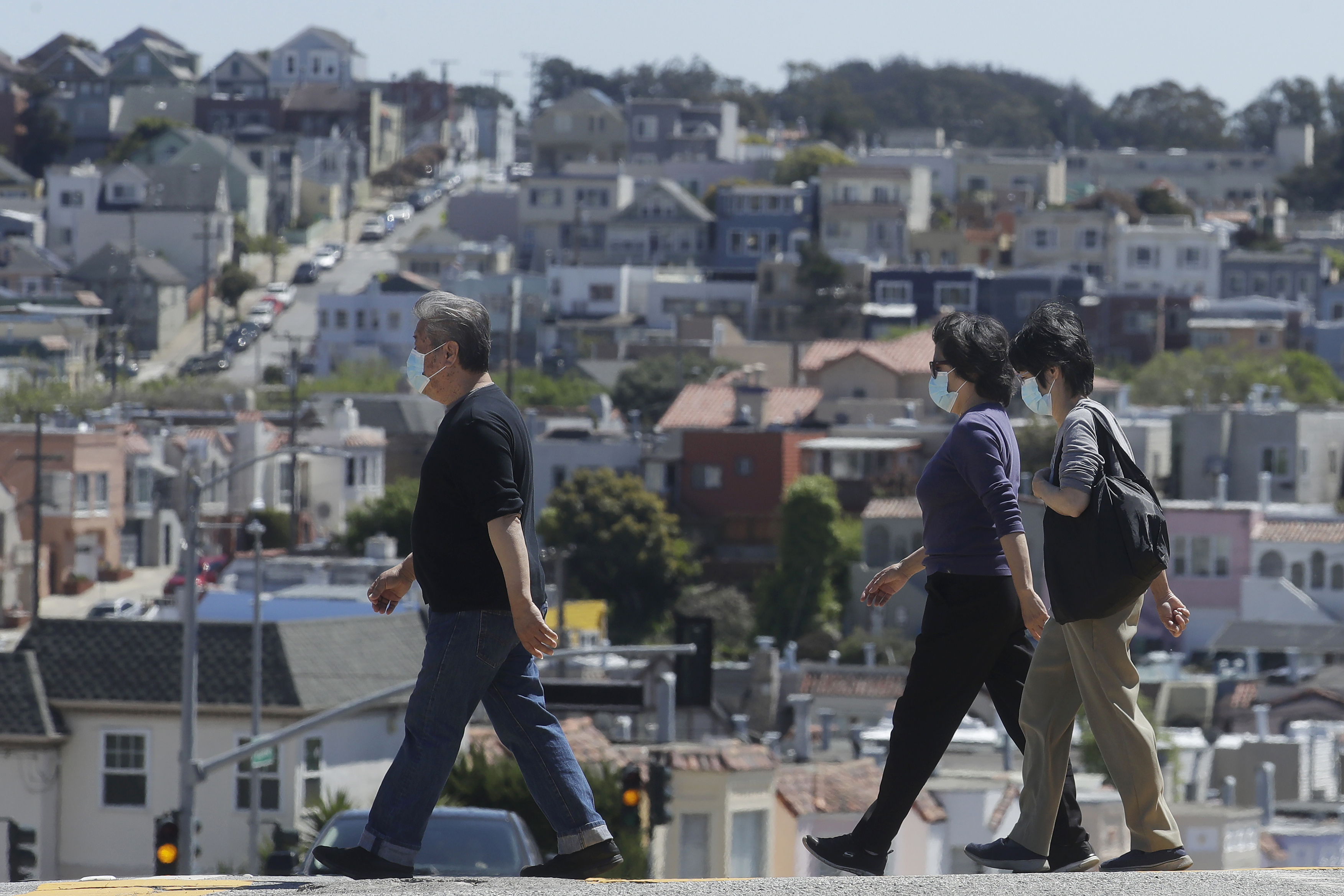Millions spent on doctors, emergency supplies, evacuations, and scientific testing.
Millions more spent on U.S. Census computer services, prison food, and TV monitors.
All of the money comes from your federal tax dollars designated by federal budget officials as COVID-19 relief.
While the rollout of financial relief is ongoing and very early in the process, only weeks old, NBC Bay Area’s Investigative Unit took a first look at where some of the tax dollars are going and how some of the billions already awarded in the form of various contracts with private companies are being spent.
On Friday, the Congressional Budget Office released its preliminary cost estimate for the CARES Act, passed by Congress less than three weeks ago, which reduced the price tag for the most expensive stimulus package in U.S. history from just over $2 trillion down to $1.8 trillion.
Even so, experts say the federal spending associated with the coronavirus crisis has been unprecedented in such a short amount of time.
The CARES Act is actually the third spending bill this year to combat COVID-19 following the Coronavirus Preparedness and Response Supplemental Appropriations Act ($8.3 billion), and the Families First Coronavirus Response Act, 2020 ($192 billion).
Because it’s so early in the process, tracking exactly who is receiving the bulk of these taxpayer dollars remains impossible. And there’s currently no formal plan to make that information public in a searchable database similar to previous stimulus packages passed during the great recession.
Committee for a Responsible Federal Budget (CFRB) Senior Vice President of policy Marc Goldwein says in the case of these COVID-19 stimulus packages, transparency is vital to educate the public about government spending.
“We should understand that when you spend money this fast, there is going to be waste, there is going to be poor targeting,” Goldwein told NBC Bay Area.
“Ordinarily, that (spending waste and abuse is) not acceptable, but in this kind of circumstance, it's inevitable. (However), what’s not okay is that we can’t even go back to see how well we did (without a spending tracker). And so, it is really important that we track this money,” Goldwein said.
That’s why Goldwein and other watchdogs want strong oversight and transparency surrounding COVID-19 relief spending. Something that Goldwein says is lacking right now.
MONEY FOR BUSINESSES
Click on chart below to see how much money went to small businesses in each state.
Thus far, a $349 billion fund for small business loans has already run dry, but there’s still plenty of other money available for companies in the form of government contracts awarded for work to help fight the virus and prevent its further spread.
Using federal government data available on www.Usaspending.gov, NBC Bay Area’s Investigative Unit tracked more than 2,000 contracts worth $3,147,503,893 for products, supplies and services purchased by various government agencies designated as being used for COVID-19 related expenses from March 13, 2020 through April 14, 2020.
Federal records show most of the contract money spent so far has gone toward vital COVID-19 services including biotech research, hospital equipment and supplies, and emergency relief services.
NBC Bay Area’s Investigative Unit also found federal COVID-19 spending on contracts that seems less obviously related to the pandemic, including $33,777,649 spent by the Census Bureau for computer services, $2,365,755 spent by the federal prison system for food and condiments, and $2,300,000 spent by the IRS on 24-inch monitors plus another $110,400 for LinkedIn Learning Access Licenses.
NBC Bay Area asked those agencies how these expenses are connected to the crisis. A spokesperson for the Bureau of Prisons said the food purchases are part of an "enhanced modified menu" being served to inmates during modified operations at correctional facilities. Other federal officials told NBC Bay Area on background that many government employees are now working from home, which has contributed to some unexpected costs for those departments.
“This is an unprecedented level of relief money going out the door, so we really need an unprecedented level of oversight and accountability for that. Sometimes though, the explanation is simpler than you might expect,” Goldwein said.
TRACKING YOUR DOLLARS
Sean Moulton is Senior Policy Analyst for the Project on Government Oversight (POGO), an independent federal watchdog based in Washington D.C. His team at POGO is working to launch its own searchable COVID-19 stimulus tracker for anyone to use.
Moulton, too, is concerned about the lack of formal oversight of this spending in place so far.
“Our biggest concern at this point is to see the oversight that Congress envisioned. (We want) to see that start to get up and running in a in a productive way,” Moulton told NBC Bay Area.
Moulton points out the legal language of the CARES Act requires tracking and transparency similar to President Obama’s American Recovery and Reinvestment Act (ARRA) of 2009 stimulus package. In fact, he said, most of the wording of the CARES Act was lifted directly from the language creating ARRA. However, Moulton fears that the White House’s recent removal of the inspector general meant to oversee the CARES Act is not a good sign for rigorous oversight.
“We're spending taxpayers’ money and it's important to do that wisely and responsibly to make sure that we get good value for that money,” Moulton said.
If you have a tip for the Investigative Unit, give us a call at 1-888-996-8477, or you can reach us via email at TheUnit@nbcbayarea.com



